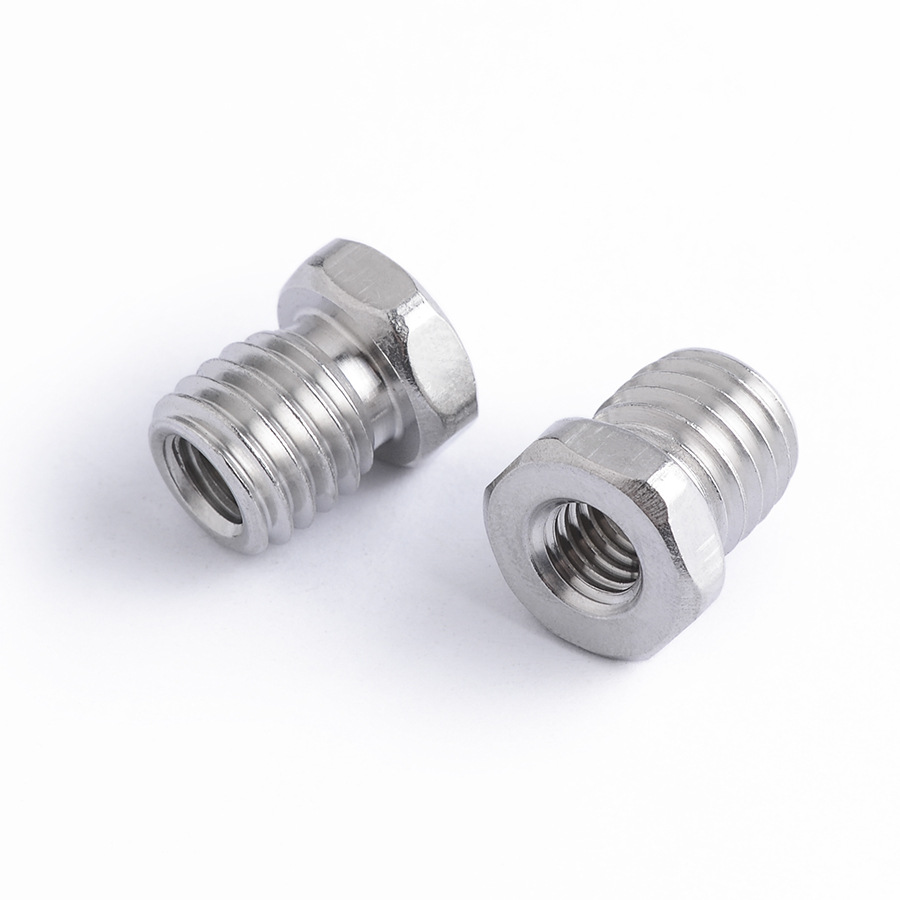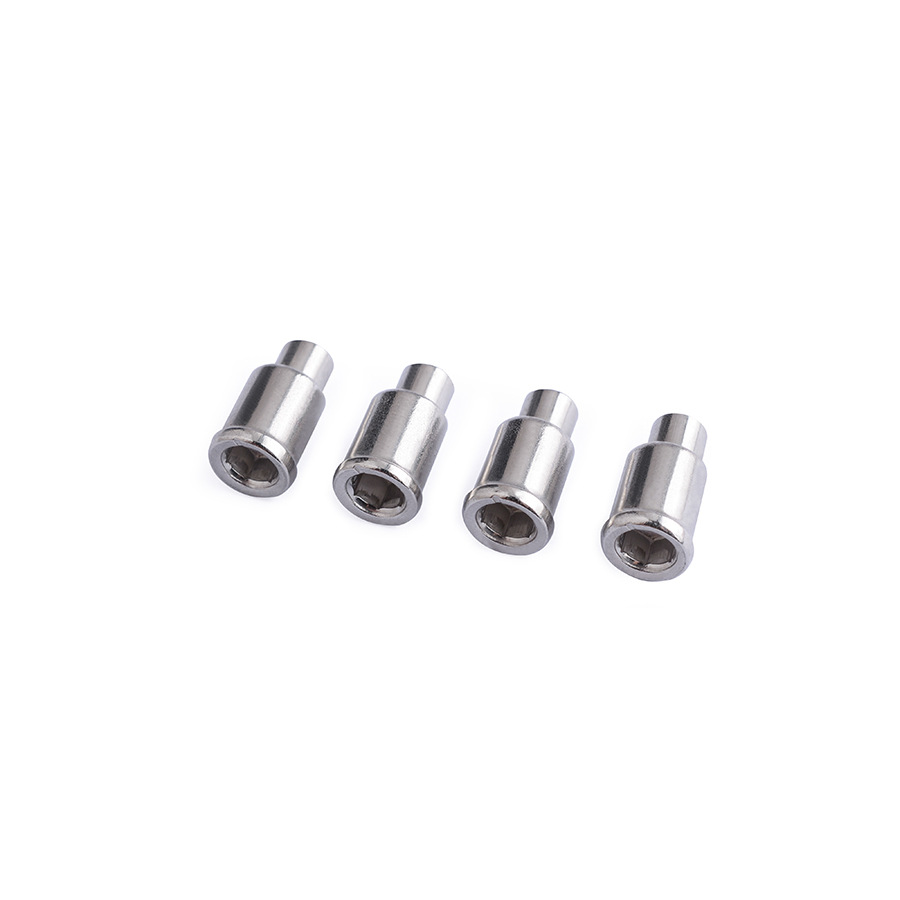- Time:2024/07/23 Posted:Dongguan Jierui Hardware Technology Co., Ltd
Cold heading is a forging method that uses a die to upset and shape metal bars at room temperature. It is usually used to make the heads of screws, bolts, rivets, etc. It can reduce or replace cutting processing. The forging material can be copper, aluminum, carbon steel, alloy steel, stainless steel and titanium alloy. Cold heading is usually carried out on a special cold heading machine, which is convenient for continuous, multi-station and automated production.
1. Brief analysis of the characteristics of cold heading process
(1) According to the theory of metal plastic deformation, a certain pressure is applied to the metal billet at room temperature to cause it to plastically deform in the die cavity and form it into a specified shape and size.
(2) High-quality metal materials with good plastic deformation must be selected, and their chemical composition and mechanical properties must meet strict standards.
(3) There are many models and series of cold heading bolt and nut forming machines, with reliable performance, high efficiency and stable quality.
(4) The workpiece forming upsetting force is large, and the configuration of power equipment is expensive.
(5) The workpiece has good surface quality and high dimensional accuracy. Because of the cold hardening during the upsetting process, the deformation should not be too large.
(6) The cold upsetting process is applicable to workpieces of large batches and various specifications.
2. Factors affecting upsetting accuracy
(1) Chemical composition of raw materials: Pure metals have better plasticity than alloys. Impurity elements usually cause brittleness and reduce plasticity. Various alloys have different effects on plasticity.
(2) Metallographic structure of raw materials: The properties, shapes, sizes, quantities and distribution states of multiphase structures are different, and the degree of influence on plasticity is also different. Defects such as grains and segregation, inclusions, bubbles, and looseness will reduce the plasticity of metals.
(3) Process deformation temperature: Plasticity increases with increasing temperature, but this increase is not a simple linear increase.
(4) Metal strain rate: The increase in strain rate has both a side that reduces the plasticity of metals and a side that increases the plasticity of metals. The combined effect of these two factors ultimately determines the change in metal plasticity.
(5) Deformation mechanical conditions: compressive strain is conducive to the development of plasticity, while tensile strain is not conducive to plasticity. The plastic processing method with three-dimensional compressive principal stress diagram and two-dimensional compressive and one-dimensional tensile principal strain diagram is extremely conducive to the development of metal plasticity.
(6) Other problem factors: Under discontinuous deformation, the plasticity of metal can also be improved, especially when low-plasticity metal is thermally deformed.
3. Selection of workpiece raw materials
(1) The raw materials must be spheroidized and annealed, and the metallographic structure of the material is spherical pearlite.
(2) In order to minimize the cracking tendency of the material and increase the service life of the mold, the cold-drawn material is also required to have the lowest possible hardness to improve plasticity.
(3) The dimensional accuracy of the raw materials should generally be determined according to the specific requirements of the product and the process conditions. Generally speaking, multi-station cold heading machines have lower dimensional accuracy requirements for reduction and strong reduction.
(4) The surface quality of the raw materials requires a lubricating film with a matte dark color. At the same time, the surface must not have defects such as scratches, folds, cracks, burrs, rust, oxide scale, pits and pits.
(5) The total thickness of the decarburized layer in the radial direction of the raw material is required to be no more than 1% of the raw material diameter.
(6) In order to ensure the cutting quality during cold forming, the raw material is required to have a hard surface and a soft core.
(7) The raw material should be subjected to cold heading test. Cold hardening increases the deformation resistance. The lower the sensitivity of the material to cold hardening, the better.
The above are the key points to improve the precision of fastener manufacturing process. Strictly following the rules and regulations can improve efficiency and avoid accidents.
